Most of us have trouble painting something decent on the largest of canvases, but true artists can unleash their talent on pretty much anything, even leaves. Case in point, Indian artist Sandesh S. Rangnekar, who paints detailed works of art on fragile skeleton peepal leaves.
Rangnekar learned the ancient art of peepal leaf painting from his father, acclaimed artist Sadashiv G. Rangnekar. Fascinated by his father’s skills, Sandesh started sneaking into his art studio when he was 10-years-old and slowly but steadily mastered the traditional art form. He always made sure to leave the studio before his father came home, so he had no clue of his son’s artistic talent, and the first time Sandesh shared one of his early works with him, he was impressed. So much so that he encouraged the boy to use his paints and brushes from then on, which Sandesh says gave him a huge confidence boost.
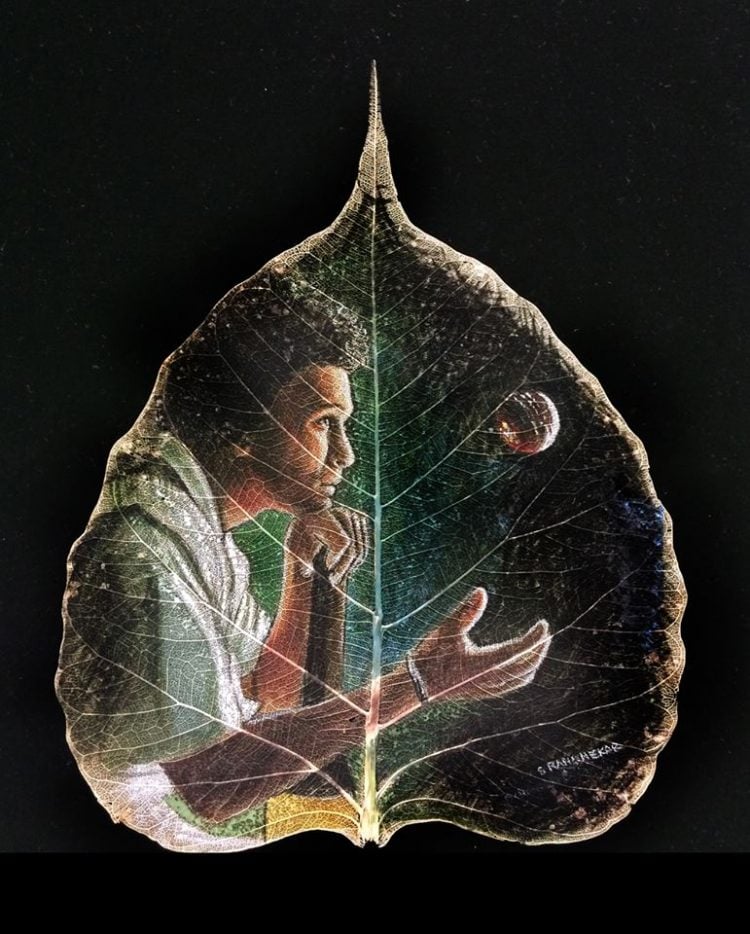
Today, Sandesh S. Rangnekar carries on his father’s legacy, and is one of the few artists in India keeping the ancient art of peepal leaf painting alive. But while painting on delicate leaves is in itself very impressive, the level of detail achieved by Sandesh in most of his pieces is nothing short of breathtaking.
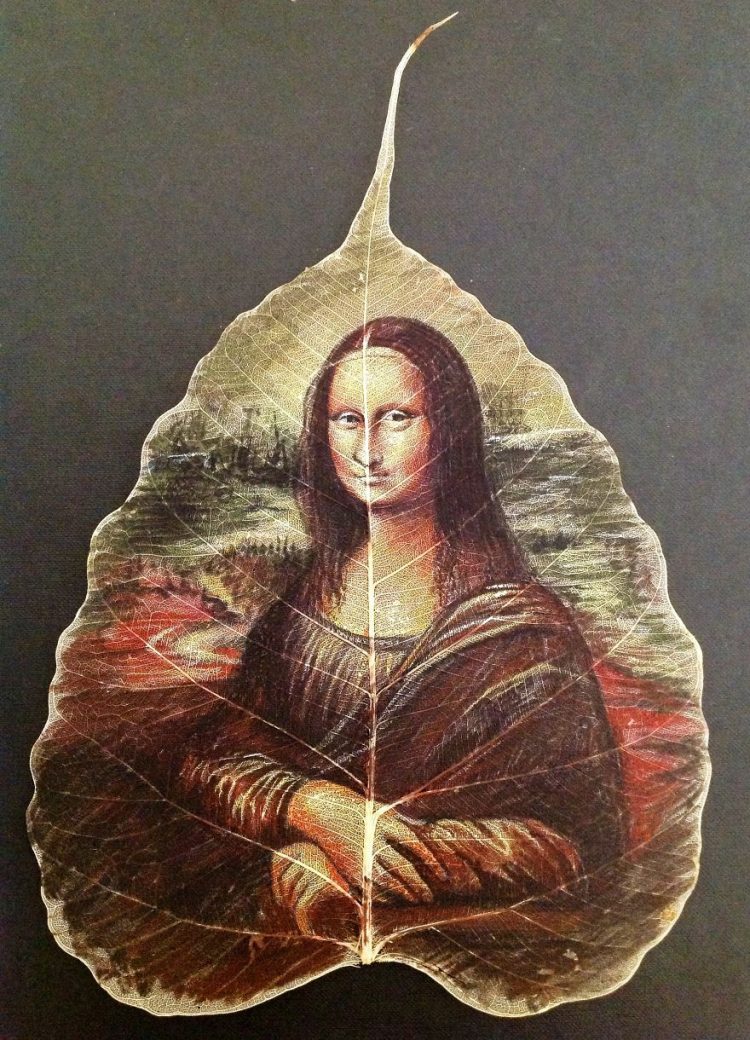
To get an idea of how difficult and time consuming Rangnekar’s art really is, you first have to know about skeleton leaves. Peepal leaves have a special significance for Buddhists, because the founder of Buddhism, Siddhartha Gautama, is said to have been sitting under a peepal tree when he became enlightened, over 2,000 years ago. The leaves were also used for writing, before paper was invented, and as a canvas for art.
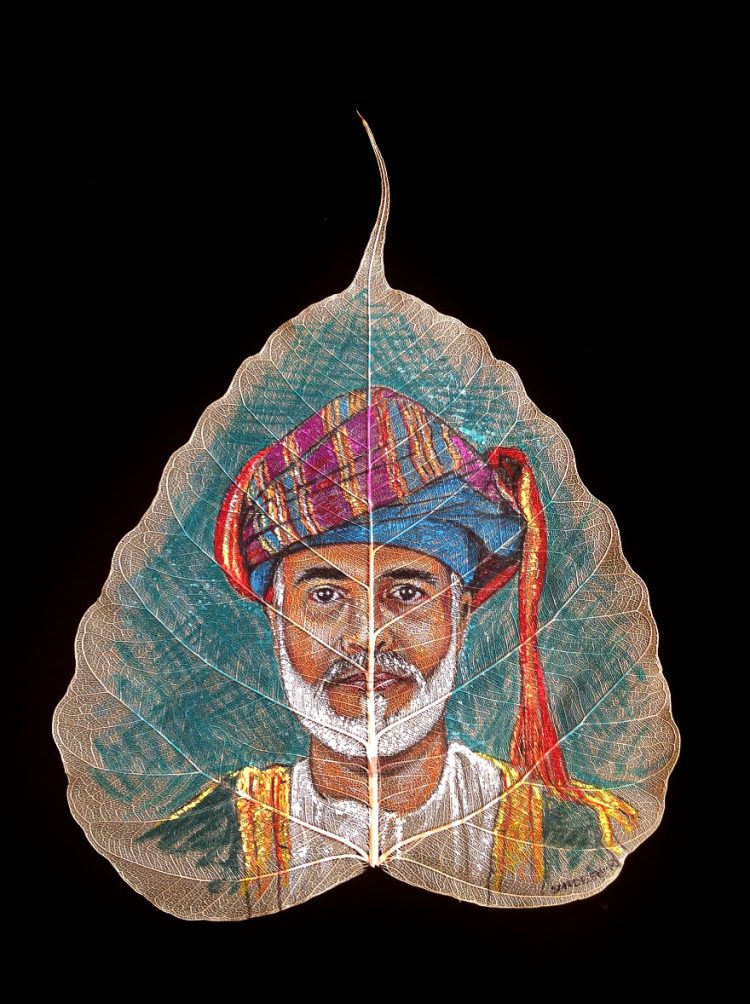
But getting green peepal leaves ready for painting takes around 40 days. The goal is to get rid of the green skin of the leaf so that only a flimsy, translucent net remains. To do that, artists keep the leaves in water for over a month, and then gently brush the skin away with a brush or their fingers.
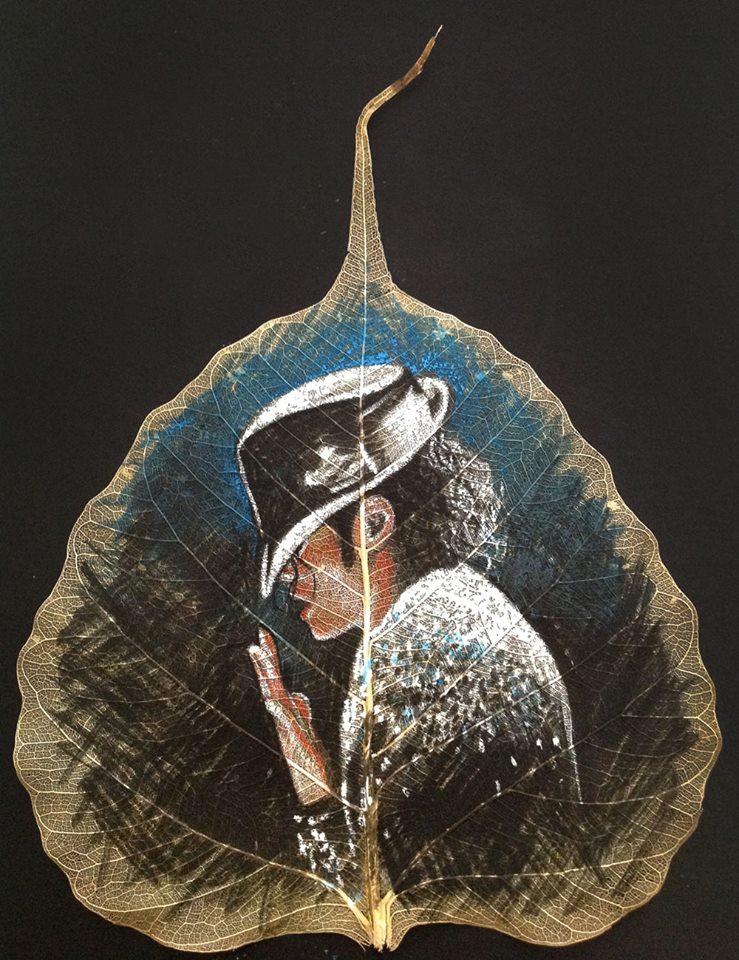
Once the canvas is ready, Sandesh S. Rangnekar uses fine-tip brushes to delicately paint detailed portraits of various icons on them, a painstaking process that usually takes about two days per artwork. This traditional art form requires precision and mountains of patience, but the end results are more than worth all the work.
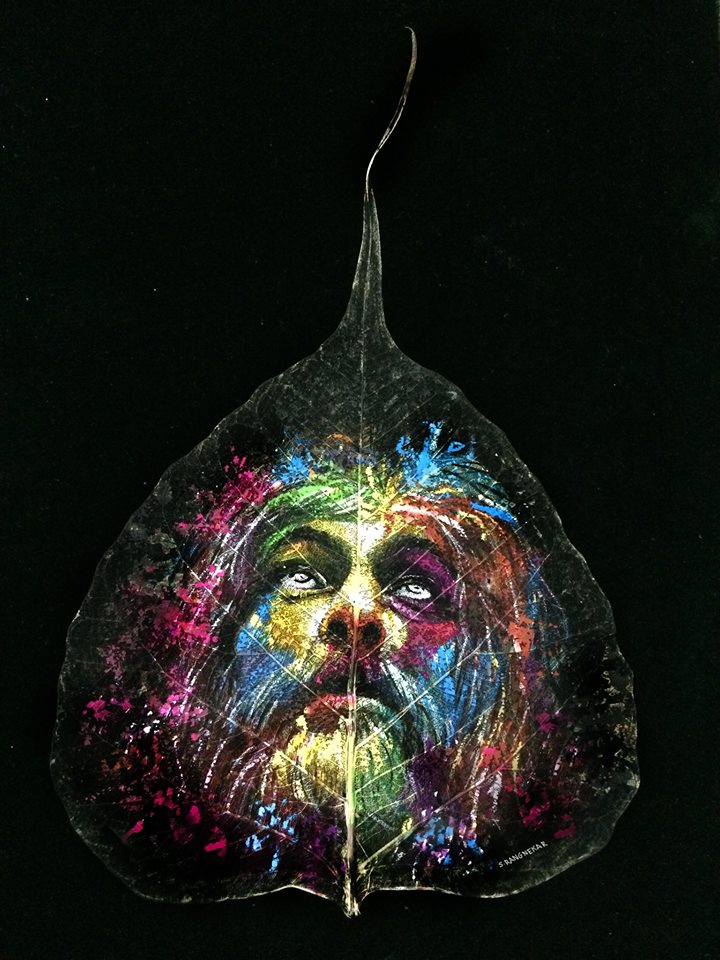
Due to the fragile nature of the canvas, the paintings have to be framed for better keeping. “The life of the leaf depends on how you preserve it. It has to be framed though, if you keep it open the dust will settle on it and the painting will be gone, you can’t clean a leaf,” the artist told Barcroft TV.
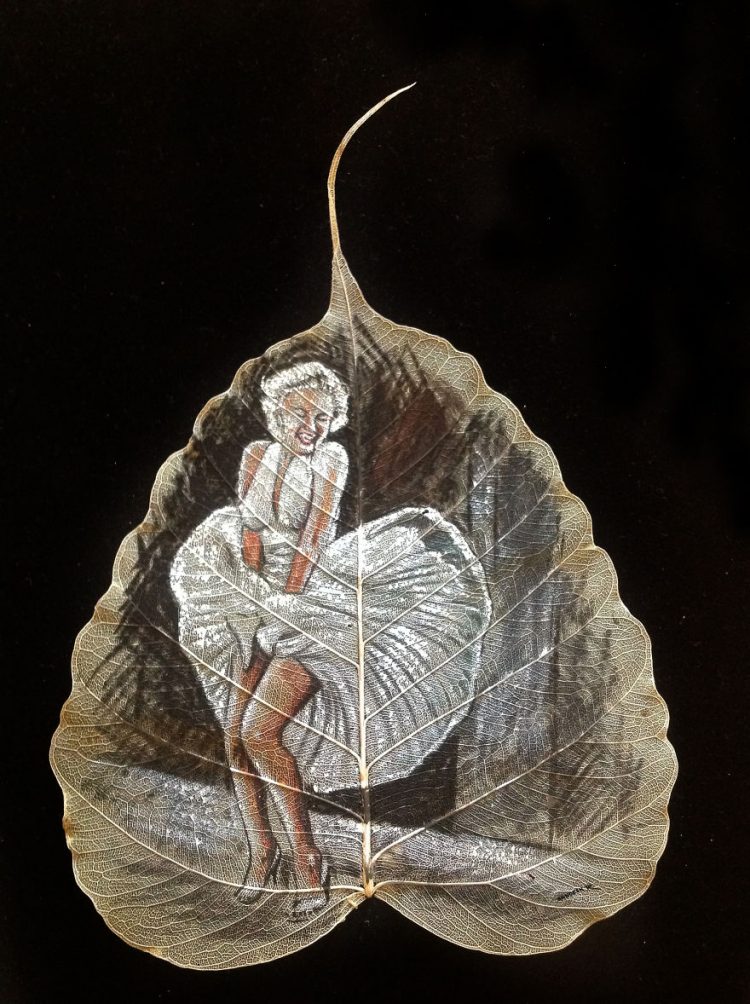
To learn more about Sandesh S. Rangnekar’s art and see all of his masterpieces, check out his Facebook and Instagram pages.
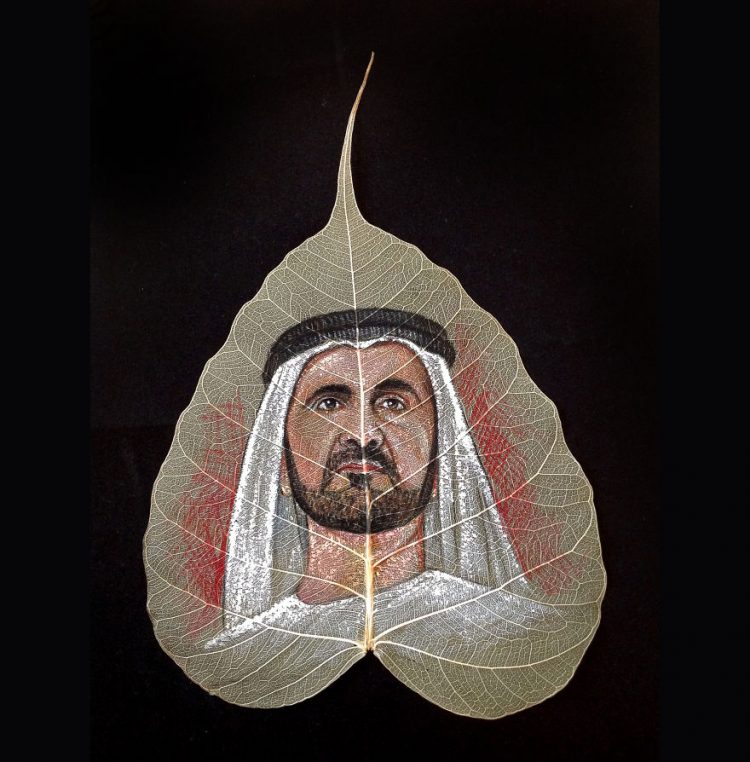
And if leaf painting is something you find interesting, you just have to take a look at the amazing works of self-taught artist Joanna Wirazka.
Photos: Sandesh S. Rangnekar






